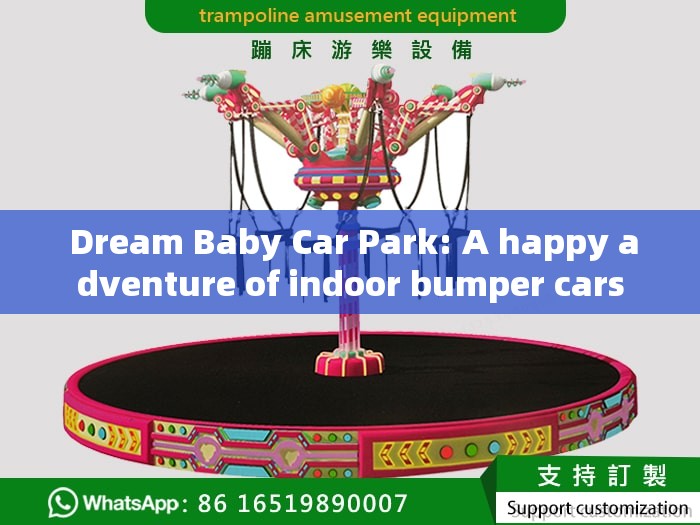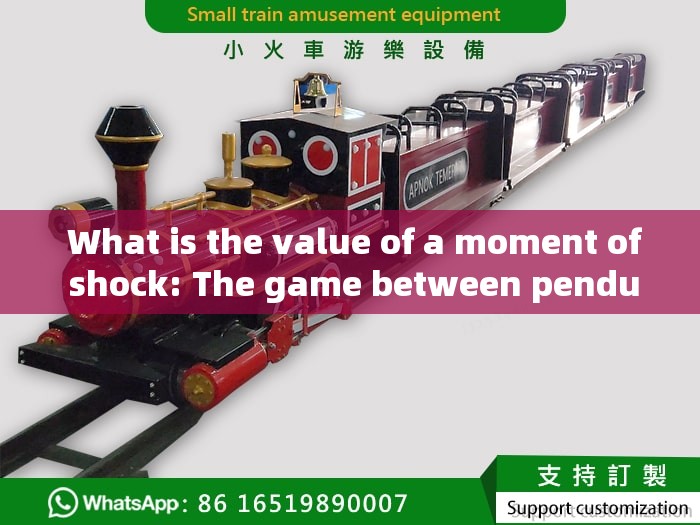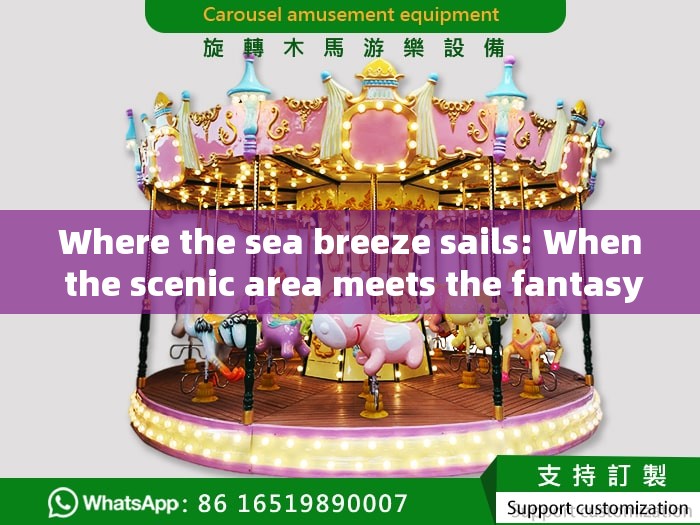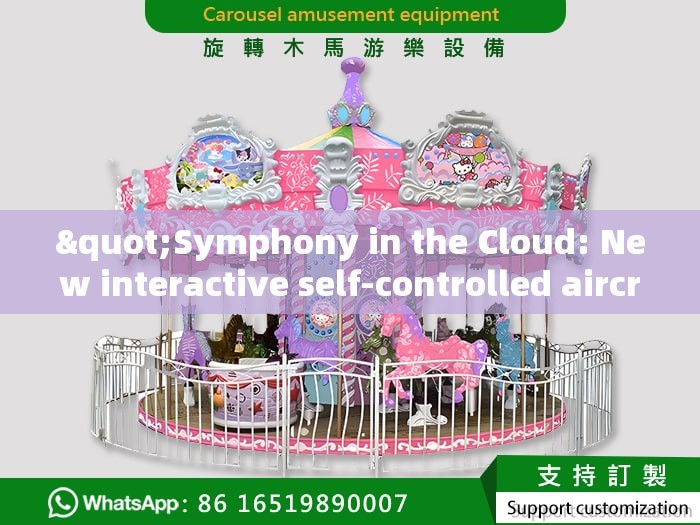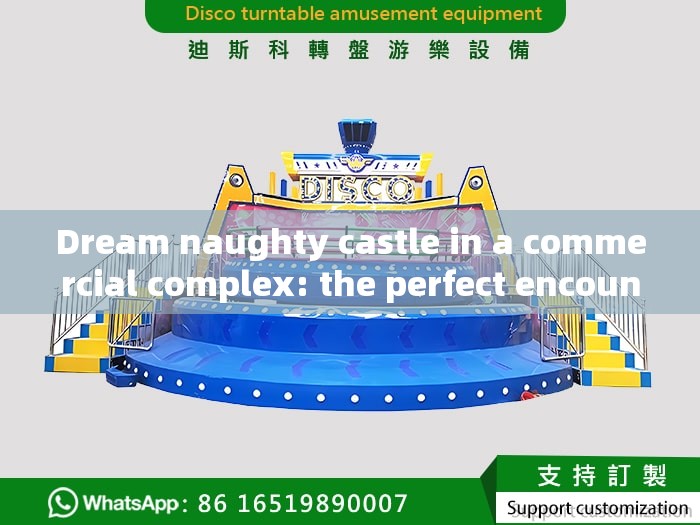At dusk, the giant merry-go-round in the city's central square lights up 3,000 glass lights. The gold-plated dome trembled slightly in the evening breeze. Twelve sweat-blooded BMW-shaped cars raised crystal manes. Thirty-six carriages carried passengers of different ages, slowly rising to the melody of "Blue Danube". This 50-meter-wide steel giant is weaving reality and dreams into a flowing galaxy at an elegant speed of three revolutions per minute.
1. The replica of the fairy tale on the steel skeleton
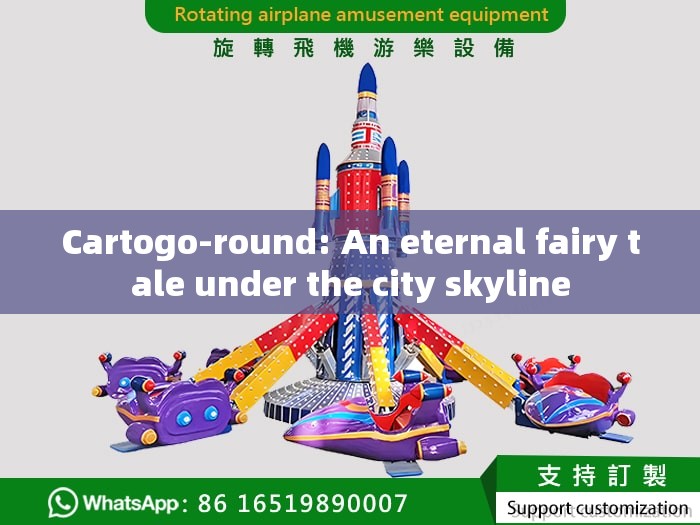
When German engineer Carl von Kleist designed the first electrically-driven carousels in 1897, he may not have imagined that a hundred years later, this mechanical art would evolve into an urban landmark that integrated architectural aesthetics. The steel frame structure of the modern large carousels can withstand a magnitude 12 typhoon. Each pillar has undergone 100,000 fatigue tests, but it still maintains the complex carvings of the Victoria era.
The "Star Dome Wheel" in a theme park in Shanghai uses an aerospace grade aluminum alloy skeleton and its surface is covered with temperature-controlled color-changing glass. When the temperature exceeds 30℃, the horse will glow with a cool luster of mint green; when it snows in winter, it will turn warm orange, like a mythical beast leaping out of a fairy tale picture book. This symbiosis of technology and aesthetics makes the mechanical device itself a work of art.
The "tidal horse" on Tokyo's Odaiba Waterfront also integrates natural elements into the design. The twelve pillars rise and fall with the tide. The highest is 18 meters above the ground and the lowest is only 3 meters. When the full moon rises, the Trojan horse will activate the "moon-chasing mode" and tilt and rotate at an extremely slow speed, giving passengers the illusion of driving the stars. This dynamic architectural concept redefines the way rides interact with the natural environment.
2. The social mirror image in rotation
Every weekend at 3 o'clock in the afternoon, there is always a long winding line in front of the "Star Dome Wheel". Teenagers in school uniforms waited with cotton candies, silver-haired couples helped each other up the steps, and young parents carried crying children onto unicorn seats. When the Trojan was launched, all identity tags were thrown into the air by centrifugal force, leaving only waves of amazement and laughter.
Sociology professor Li Wei pointed out in "Amusement Park Anthropology":"The carousel is a rare public space that can break down the age barrier. Here, eight-year-old children share the same amazing experience as eighty-year-old people. This intergenerational empathy is particularly precious in contemporary society. "She followed a merry-go-round for five years and found that 23% of regular visitors would take the initiative to meet friends of different ages.
The "Wheel of Freedom" next to the ruins of the Berlin Wall carries special historical memories. During the Cold War, this Trojan horse was the only facility that children in East and West Berlin could ride together. Nowadays, children of those days return to their homes with their children, and the spinning horse has become a symbol of peace across time and space. Every rotation is a gentle resistance to division, and every smile is a hope for the future.
3. The paradox of speed and eternity
At the Desert Star on the top floor of the Dubai Mall, the Trojan horse can spin at speeds of up to five revolutions per minute. Passengers grasped the railing under strong centrifugal force, and screams and laughter intertwined into a strange sound scene. This design that pursues stimulation implicitly conforms to contemporary society's desire for "instant satisfaction." However, when the speed exceeds the physiological comfort threshold, the joy will turn into dizziness and discomfort.
In sharp contrast to this is the "time horse" next to Kyoto's philosophical path. This wooden device, built from a traditional mortise and tenon structure, takes a full three minutes to rotate each time. Passengers can look closely at the patterns of each wood carving petal and feel the trajectory of the sun moving on the bamboo curtain. Designer Makoto Nakamura said: "I want the rotation itself to become a meditation ritual that recreates the dialogue between man and time in the mechanical age. "
This dispute over speed reaches a delicate balance on the "Trojan of Light" in Paris. The racing car on the outer ring spins at high speed, while the antique carriage on the inner ring paces slowly. Trails at different speeds are intertwined but never touch each other, just like the ambivalence of modern people who both desire breakthroughs and need a sense of security. When night falls, the lights in the inner and outer circles form a Möbius Ring pattern, implying the eternal cycle of the rhythm of life.
When the last ray of sunset was replaced by neon lights, the star map projection on the top of the carousel began to operate. The fingerprints on the gilded saddle, the residual temperature on the grab pole, and the shining eyes of children when looking up at the dome have all gained eternal vitality through the precise operation of the machinery. The fairy tale installation in this steel forest proves that true magic does not lie in escaping reality, but in making every ordinary moment shine with the light of divinity.
At this moment, the Trojan horse passed the starting point for the 100,000 times. A new group of passengers are boarding the bus with expectation. Their smiles will overlap with those of children a hundred years ago, completing the collective pilgrimage to the era of innocence in an eternal spin.

